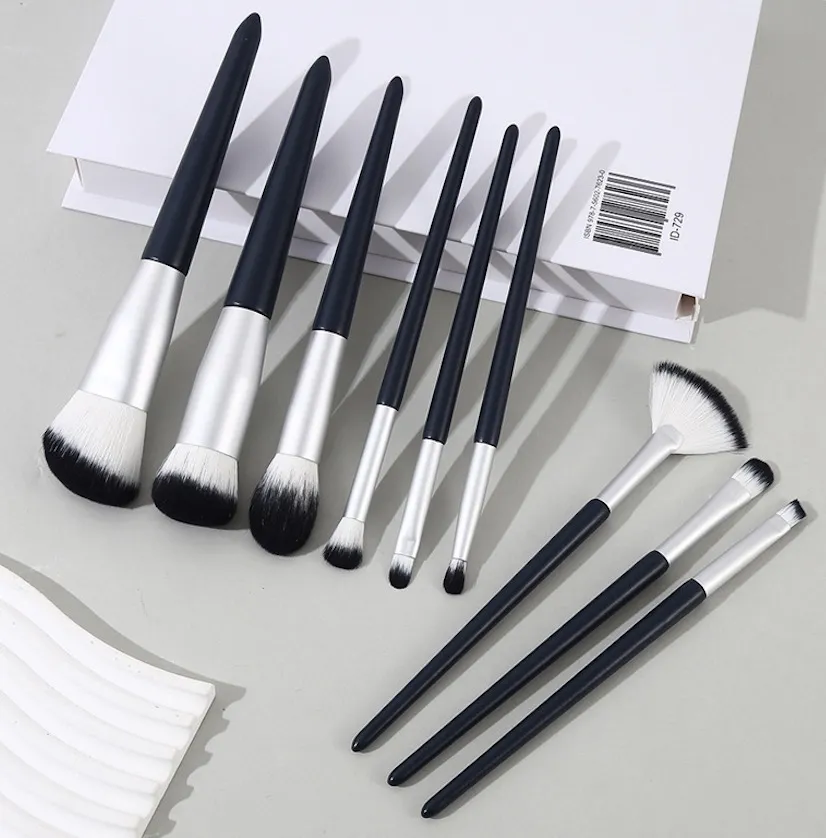Searching for reliable makeup tool information is frustrating. This confusion wastes time and makes it hard to build a quality brand. I’ll give you the essential, data-backed facts you need.
Authoritative makeup tool information covers four key areas. These are brush types1, material science (synthetic vs. natural), manufacturing models (OEM vs. ODM), and evidence-based hygiene. This knowledge helps you build a better product line and stop searching for answers.
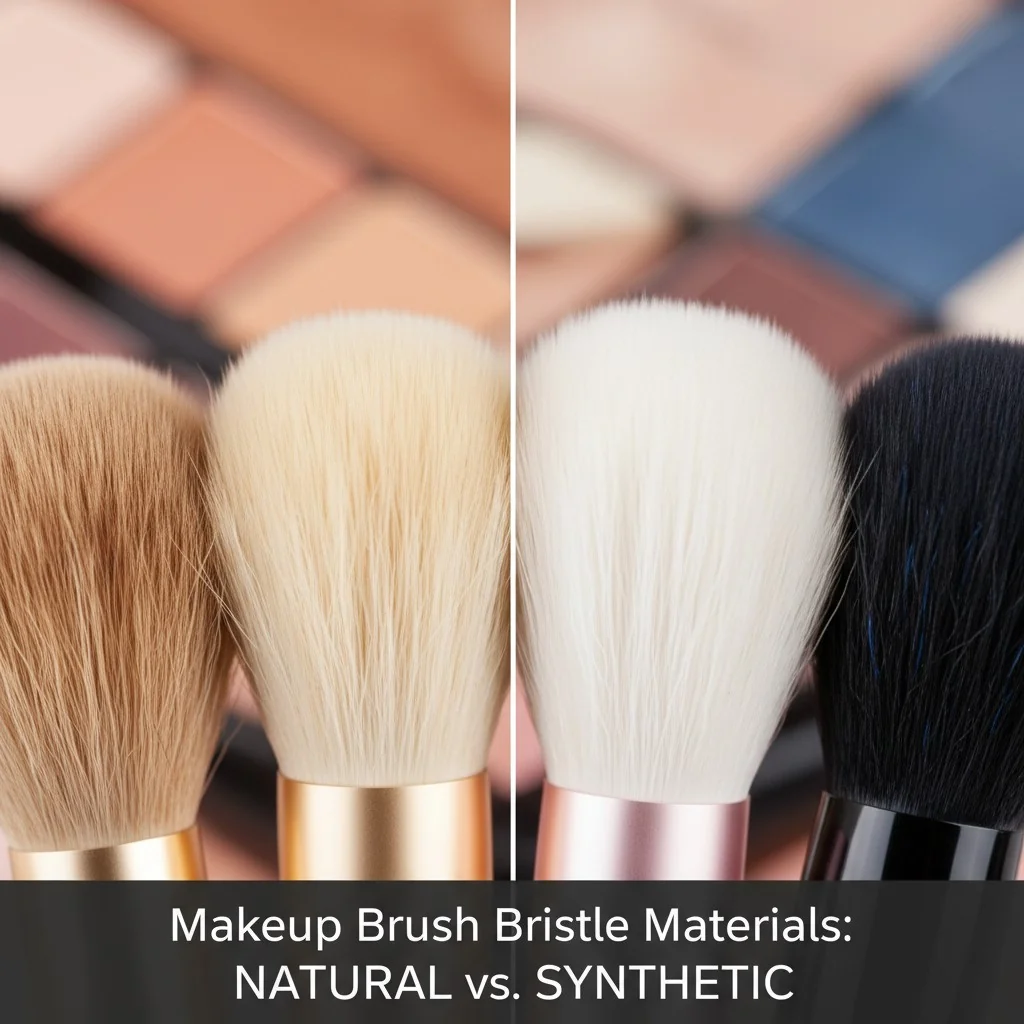
The internet is filled with conflicting advice about makeup brushes. One blog says natural hair is the only choice for luxury. Another claims modern synthetics are superior. As a brand founder, you need clear, practical answers, not marketing fluff. You need information that helps you make smart decisions about sourcing, quality, and how you present your brand to the world.
I started my career on the floor of a brush factory. I’ve seen every part of the process, from raw materials to the finished product. Now, I run my own OEM/ODM company, helping brands just like yours navigate this industry. I want to cut through the noise and share what I’ve learned. This guide centralizes the credible, actionable information you need to build a successful brush collection.
All makeup brushes are basically the same, only the brand name is different.False
Brush quality varies greatly based on fiber type, ferrule material (e.g., brass vs. aluminum), handle construction, and crimping technique, all of which impact performance and longevity.
The type of makeup formula (liquid, cream, or powder) should determine the type of brush bristle you choose.True
Yes, less porous synthetic bristles are ideal for applying liquids and creams without absorption, while porous natural bristles excel at picking up and diffusing powder products.
Materials, Not Myths: How Do I Choose Bristles by Formula, Finish, and Longevity?
Choosing between natural and synthetic bristles is confusing. The wrong choice leads to poor application and wasted product. I’ll explain how to pick the right fiber based on performance.
Use synthetic fibers for liquids and creams. Their low porosity2 prevents product absorption and ensures a streak-free finish. Use natural fibers for powders, as they excel at diffusing pigment. Modern synthetics also offer great durability and meet vegan, cruelty-free standards.
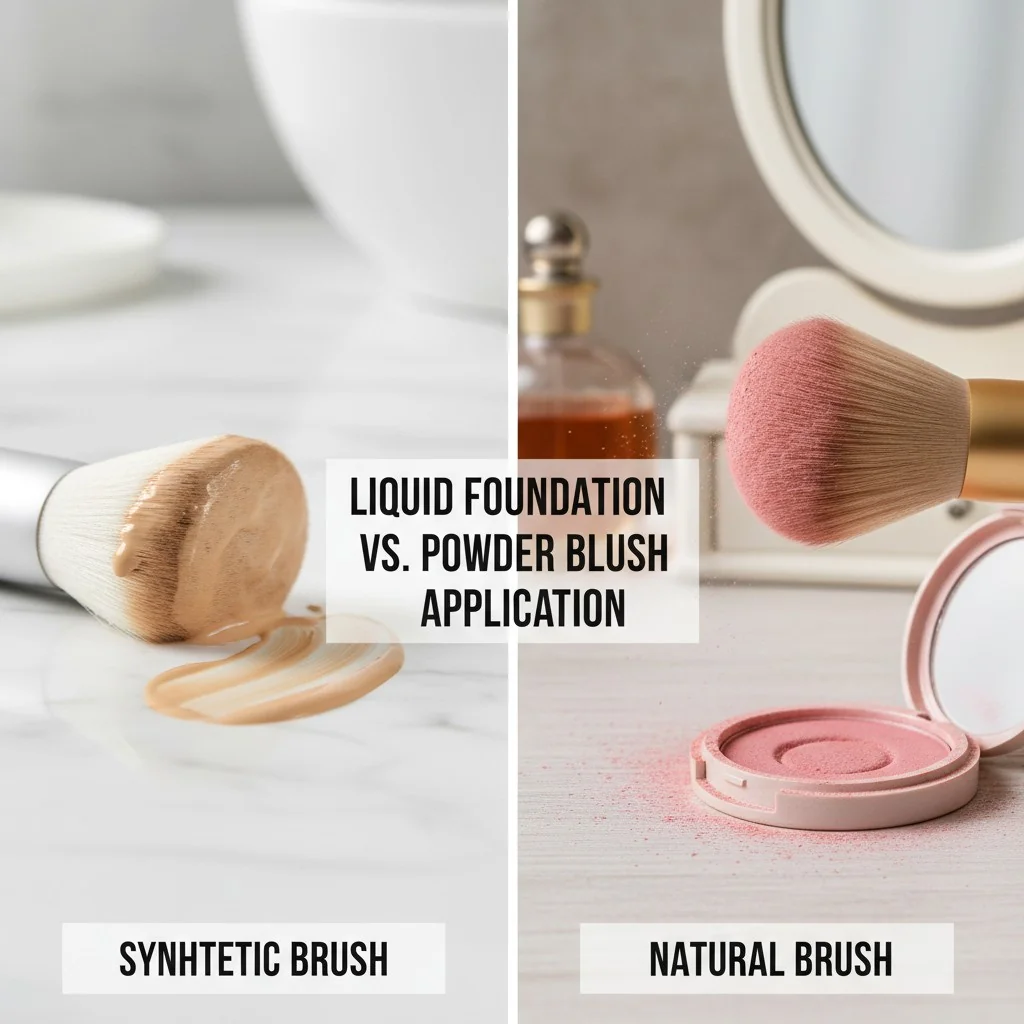
When I first started, the biggest debate was always "natural versus synthetic." The truth is, the best choice depends entirely on the job you need the brush to do. It’s about science, not tradition.
Bristle Performance: Porosity is Key
The core difference is porosity. Natural hairs have a cuticle structure, making them more porous. They grab and hold onto powder pigments beautifully, which is great for a soft, diffused look with blush or eyeshadow. But for liquids and creams, that same porosity means the brush soaks up your product. Synthetic fibers, like Taklon or nylon, are smooth and non-porous. They don’t absorb wet formulas, so the product goes on your skin, not into the bristles. This gives you a smoother, more even application and wastes less foundation.
Beyond the Bristles: Ferrules and Handles
The quality of a brush goes beyond its bristles. The ferrule is the metal band that connects the bristles to the handle. A double-crimped brass ferrule is the gold standard. It resists corrosion and holds the bristles tightly, preventing shedding. Cheaper aluminum ferrules can bend easily and corrode over time. The handle is also important. It affects the brush’s balance and feel. For many brands today, it’s also part of the story. Using FSC-certified wood or recycled plastics shows a commitment to sustainability that customers value.
| Feature | Synthetic Bristles (Nylon, Taklon) | Natural Bristles (Goat, Sable) |
|---|---|---|
| Porosity | Low (Non-porous) | High (Porous cuticle) |
| Best For | Liquids, Creams | Powders |
| Application | Smooth, Streak-Free | Soft, Diffused |
| Durability | High, Resilient | More Delicate |
| Cleaning | Easy to clean, Dries fast | Requires more care, Dries slow |
| Vegan | Yes | No |
Synthetic brushes are always a cheaper, lower-quality option.False
High-performance synthetic fibers can be more expensive to produce than some natural hairs. They are engineered for specific tasks, durability, and to be hypoallergenic and cruelty-free, making them a premium choice.
A brass ferrule is more resistant to corrosion and deformation than an aluminum one.True
Brass is a stronger, denser alloy that holds its shape better and is less prone to rust or damage from water and solvents, extending the life of the brush.
From Taxonomy to Toolkit: What Are the 12 Brushes That Cover 95% of Everyday Looks?
You see endless brush shapes and wonder which are truly necessary. Offering too many niche brushes can confuse customers. I’ll show you the essential 12-brush set for almost every task.
A core 12-brush set provides maximum versatility for daily routines. It includes tools for powder, foundation, stippling, kabuki, contour, fan, blush, and various eye brushes (flat, angled, crease, liner, spoolie). This covers 95% of common looks.
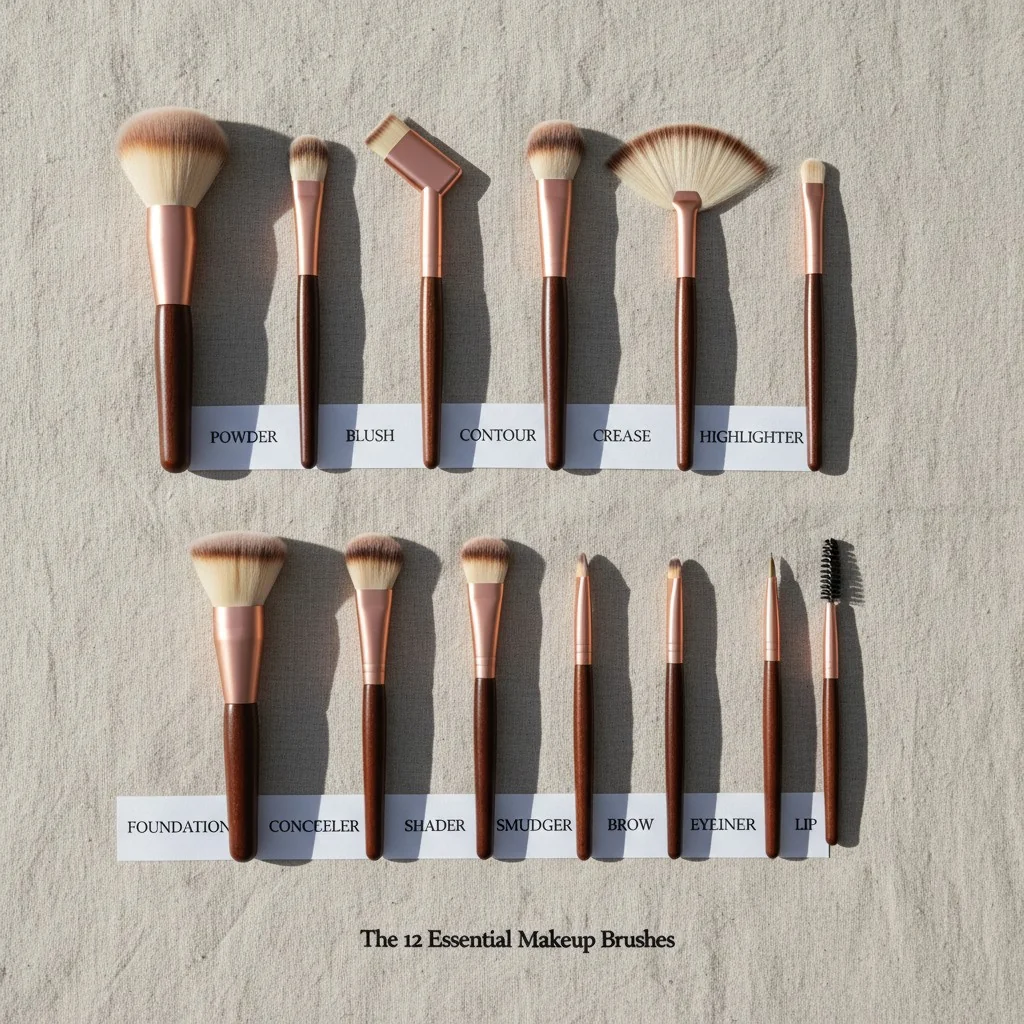
When you’re building a brand, it’s tempting to offer every brush imaginable. But I’ve seen many new founders succeed by starting with a strong, curated set. It builds customer confidence and simplifies your inventory. You don’t need 50 brushes to create a beautiful look. You just need the right ones.
The Essential 12-Brush Lineup
This core set is designed to be a complete system for the face and eyes. Each brush has a clear purpose, but many are multi-functional. For example, a stippling brush can be used for liquid foundation, cream blush, or even powder. An angled shader works for both eyeshadow and brows. This versatility is key for a minimalist and effective toolkit.
| Brush Type | Primary Use |
|---|---|
| 1. Powder Brush | Applying loose or pressed powder |
| 2. Tapered Foundation | Applying liquid or cream foundation |
| 3. Stippling Brush | Airbrushed finish with liquid/cream |
| 4. Kabuki Brush | Buffing mineral foundation or powder |
| 5. Contour Brush | Sculpting and defining cheekbones |
| 6. Fan Brush | Lightly applying highlighter or sweeping away fallout |
| 7. Blush Brush | Applying powder or cream blush |
| 8. Flat Eyeshadow Brush | Packing color onto the eyelid |
| 9. Angled Shader Brush | Applying color to the crease or brow bone |
| 10. Crease/Blending Brush | Softening and blending eyeshadow |
| 11. Eyeliner Brush | Applying gel or cream eyeliner |
| 12. Spoolie | Grooming eyebrows and separating lashes |
Pro Tip: Why Multiples Matter
While this 12-piece set is a perfect start, professionals often buy multiples of their workhorse brushes. Think about having three or four blending brushes on hand. This allows them to switch between dark and light colors without stopping to clean a brush. For your brand, this is a great upsell opportunity. You can sell the core set, but also offer individual "pro-packs" of the most-used brushes like blending or pencil brushes.
You need at least 20 different brushes for a complete makeup kit.False
A curated set of 12 versatile brushes can handle over 95% of everyday makeup applications, from foundation and powder to detailed eye work.
A spoolie is only for eyebrows.False
While excellent for grooming brows, a clean spoolie is also a fantastic tool for de-clumping mascara and separating lashes for a more natural look.
OEM vs. ODM in 90 Seconds: Which is Right for My Brand?
The terms OEM and ODM are confusing. Choosing the wrong path can mean losing brand uniqueness or facing high costs. I’ll break them down so you can choose confidently.
Choose ODM (Original Design Manufacturer) for speed and low cost. You pick from a catalog and add your logo. Choose OEM (Original Equipment Manufacturer) for full control and brand differentiation. You create a unique design, but it costs more and takes longer.
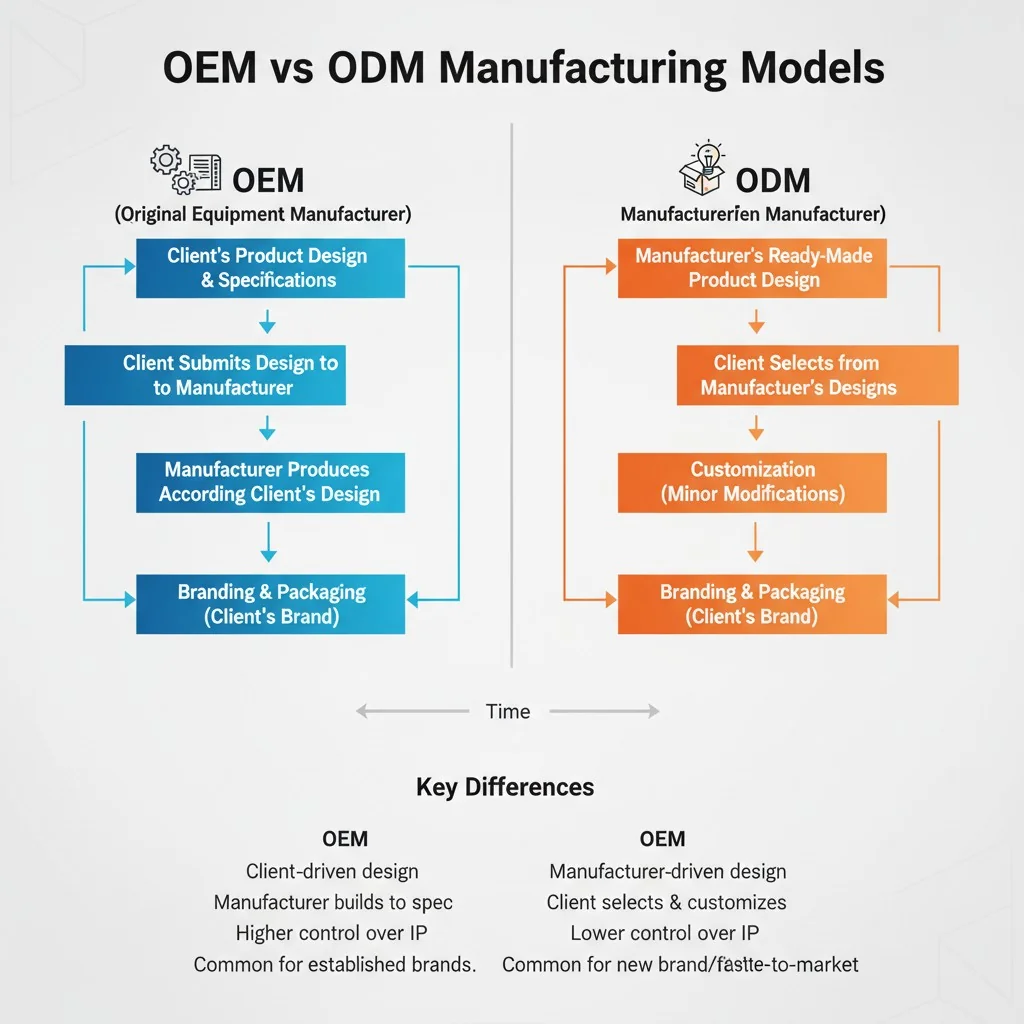
This is one of the first big decisions you’ll make as a brand founder. Your choice between OEM and ODM will shape your product line, your budget, and your timeline. There is no single "best" answer; the right path depends on your brand’s goals. I help my clients with this choice every day.
ODM: The Fast-Track to Market
ODM is like choosing from a pre-set menu. The factory has already developed and tooled various brush designs. You browse their catalog, select the shapes you like, and then customize the colors, logo, and packaging. This is the fastest and most affordable way to launch. The minimum order quantities (MOQs) are usually lower. The main trade-off is that the brush shapes are not exclusive to your brand. ODM is perfect for testing a new market or quickly expanding your product range.
OEM: The Path to a Unique Brand Story
OEM is like hiring a chef to create a custom recipe just for you. You have complete control over every detail: the handle shape, the bristle blend, the ferrule engraving, everything. This is how you create a truly unique, signature product that no one else has. It’s the best path for brands focused on innovation, sustainability (like using FSC-certified wood or recycled aluminum), and a premium identity. However, OEM requires more investment in time and money for tooling and sampling, and MOQs are typically higher.
| Factor | ODM (Original Design Manufacturer) | OEM (Original Equipment Manufacturer) |
|---|---|---|
| Design Control | Low (Select from catalog) | High (Fully custom design) |
| Upfront Cost | Low (No tooling fees) | High (Tooling & development fees) |
| MOQ | Lower | Higher |
| Speed to Market | Fast (Weeks) | Slower (Months) |
| Brand Differentiation | Low (Non-exclusive designs) | High (Exclusive, unique product) |
OEM is always the better choice for a serious brand.False
Not necessarily. ODM is a strategic choice for market testing, speed, and managing cash flow for new brands. Many successful brands start with ODM and transition to OEM as they scale.
With ODM, you cannot customize anything.False
While the core tool/mold is fixed, ODM allows for significant customization of colors, finishes, logo printing, and packaging to align with your brand's aesthetic.
Hygiene That Actually Works: What is an Evidence-Based Cleaning Routine?
You know brushes need cleaning, but how often? And what are the real risks? Dirty brushes can harbor bacteria, leading to skin issues. I’ll give you a simple, science-backed cleaning routine3.
A 2025 study found 44.3% of users rarely clean their brushes, which can harbor bacteria like Staphylococcus. To reduce risk, clean brushes used with wet products weekly and powder brushes every two weeks. A consistent routine is key.
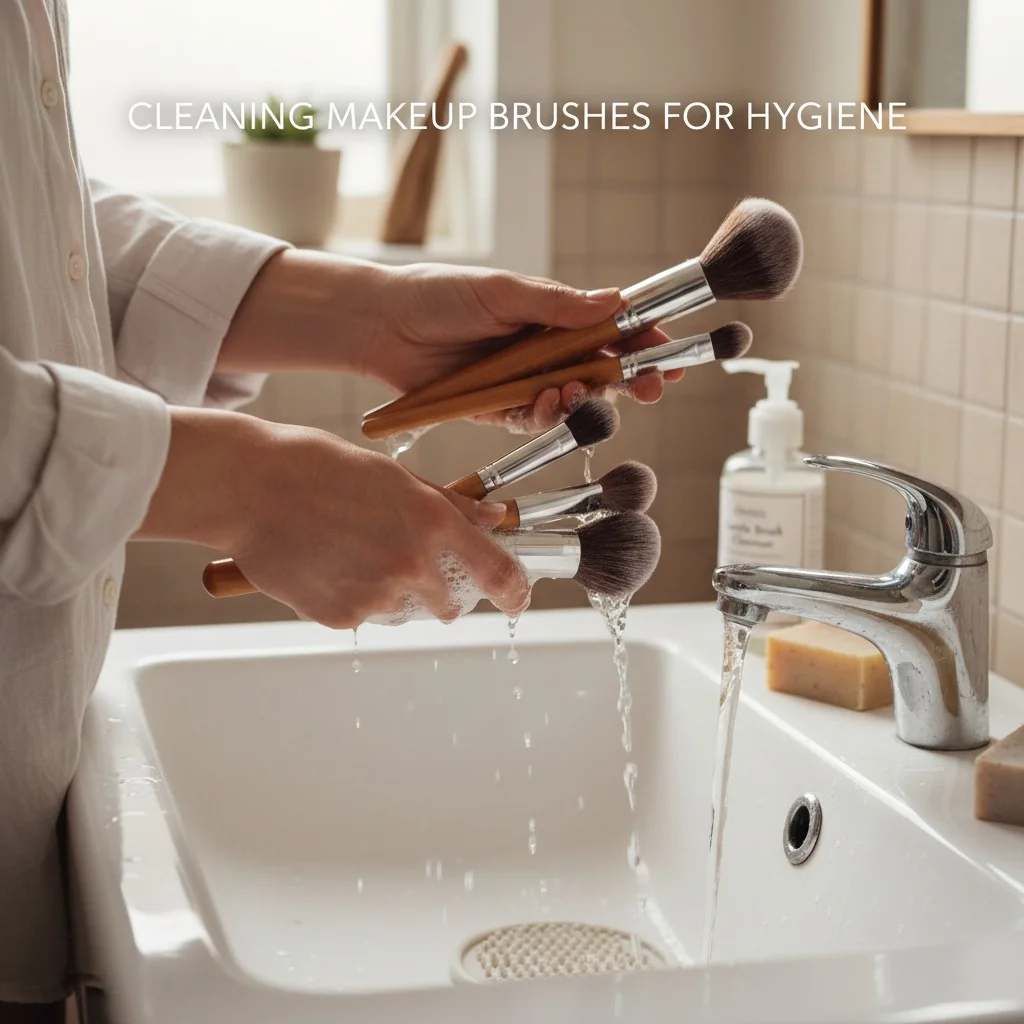
As a brand owner, brush hygiene is a critical part of customer education4. A clean brush not only performs better but also protects the user’s skin. Sharing credible information on this topic builds trust and shows you care about your customer’s well-being beyond the point of sale.
The Science of a Dirty Brush
Recent research gives us a clear picture of what’s hiding in our brushes. A 2025 study in Jeddah analyzed used makeup tools and the results were eye-opening. Nearly half of users admitted they "rarely" clean their brushes. The researchers found that 81% of the bacteria present were Gram-positive, including common types like Staphylococcus and Micrococcus. While the study didn’t find a direct statistical link between cleaning frequency and reported skin problems, it highlights the presence of potentially problematic bacteria. The risk isn’t just about frequency; it’s a combination of infrequent cleaning, damp storage, and sharing tools.
| Hygiene Habits (n=370) | Percentage |
|---|---|
| Rarely Clean | 44.3% |
| Once a Month | 29.7% |
| After Each Use | 8.6% |
Your Actionable Cleaning Routine
Turning this science into a simple routine is easy. The goal is to minimize bacterial growth without damaging the brushes.
- Frequency: Clean brushes used for wet products (foundation, concealer) weekly. Clean powder brushes every two weeks.
- Cleanser: Use a gentle soap or a dedicated brush cleanser.
- Method: Wet the bristles, add a drop of cleanser, and gently swirl the brush in your palm.
- Rinse: Rinse thoroughly under lukewarm water until the water runs clear.
- Dry: Squeeze out excess water, reshape the bristles, and lay the brush flat or hang it bristles-down to air-dry. Never dry it upright, as water can seep into the ferrule and loosen the glue.
- Store: Keep your dry brushes in a clean, ventilated holder or case.
You only need to clean your brushes when you can see old makeup on them.False
Bacteria like Staphylococcus are microscopic and can be present long before makeup is visually caked on. A consistent cleaning schedule is for managing invisible microbial growth, not just visible dirt.
A 2025 study found that over 40% of makeup brush users rarely clean their tools.True
A study of 370 users in Jeddah found that 44.3% reported they 'rarely' clean their brushes, highlighting a significant gap in consumer hygiene practices.
Conclusion
Making smart choices about materials, toolkits, manufacturing, and hygiene is essential. This knowledge empowers you to build a brand that stands for quality, safety, and trust.
References
-
Understanding brush types is crucial for selecting the right tools for various makeup applications. ↩
-
Understanding porosity helps you choose the right brush for different makeup formulas. ↩
-
A proper cleaning routine is vital for maintaining brush hygiene and prolonging their lifespan. ↩
-
Educating customers on hygiene builds trust and enhances their overall experience with your brand. ↩


